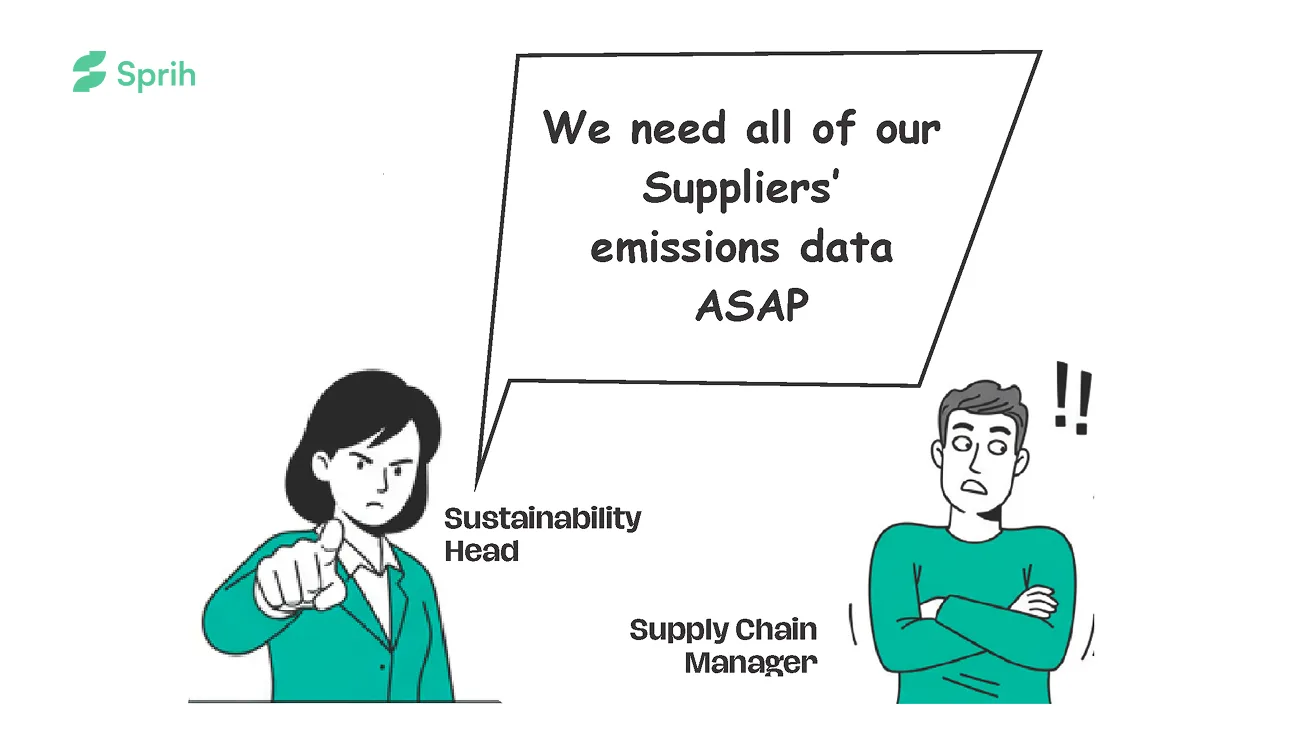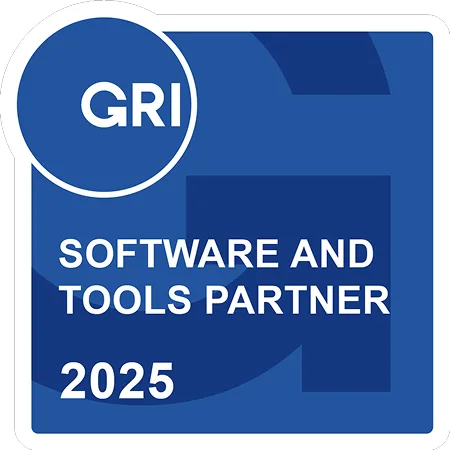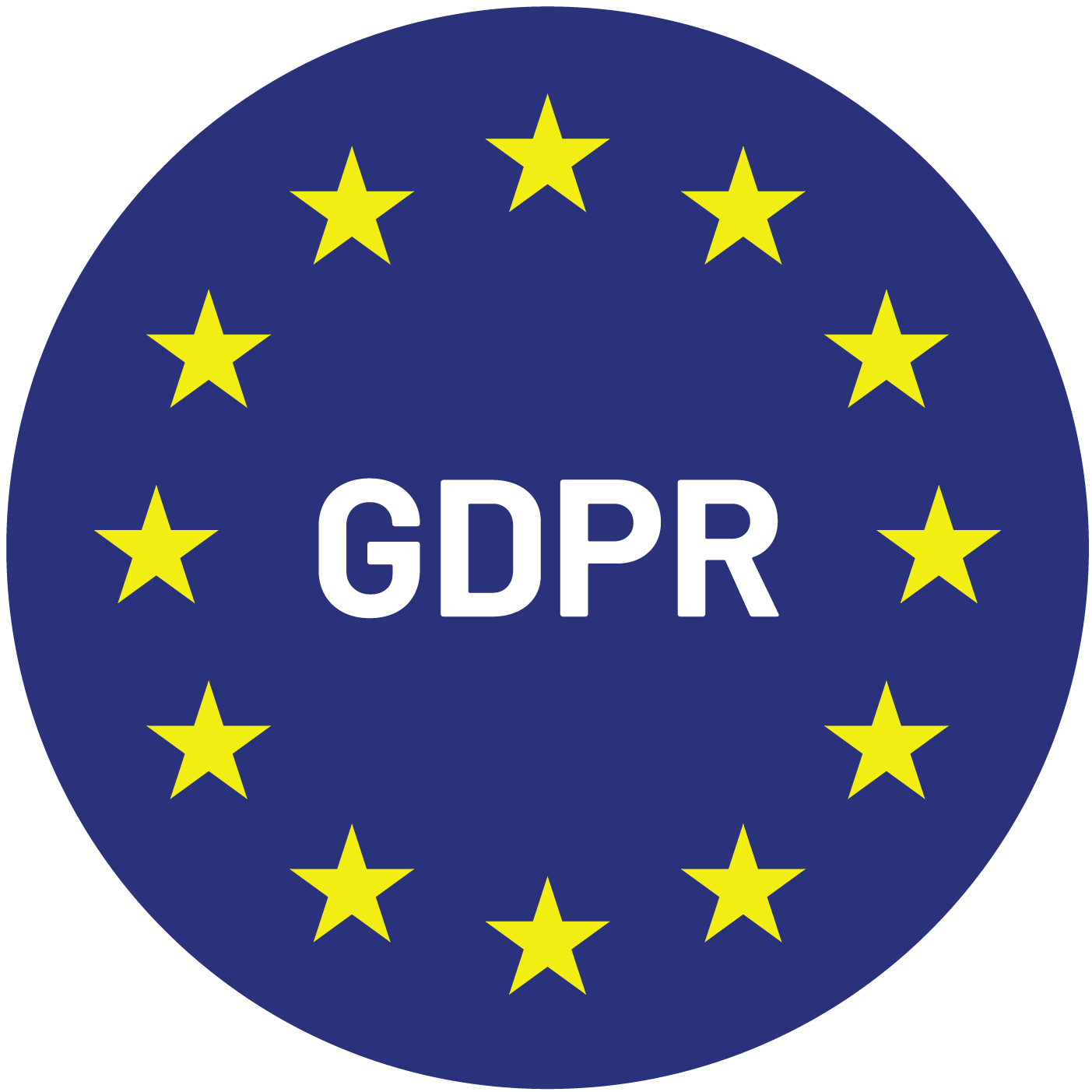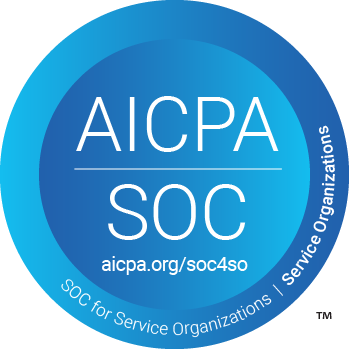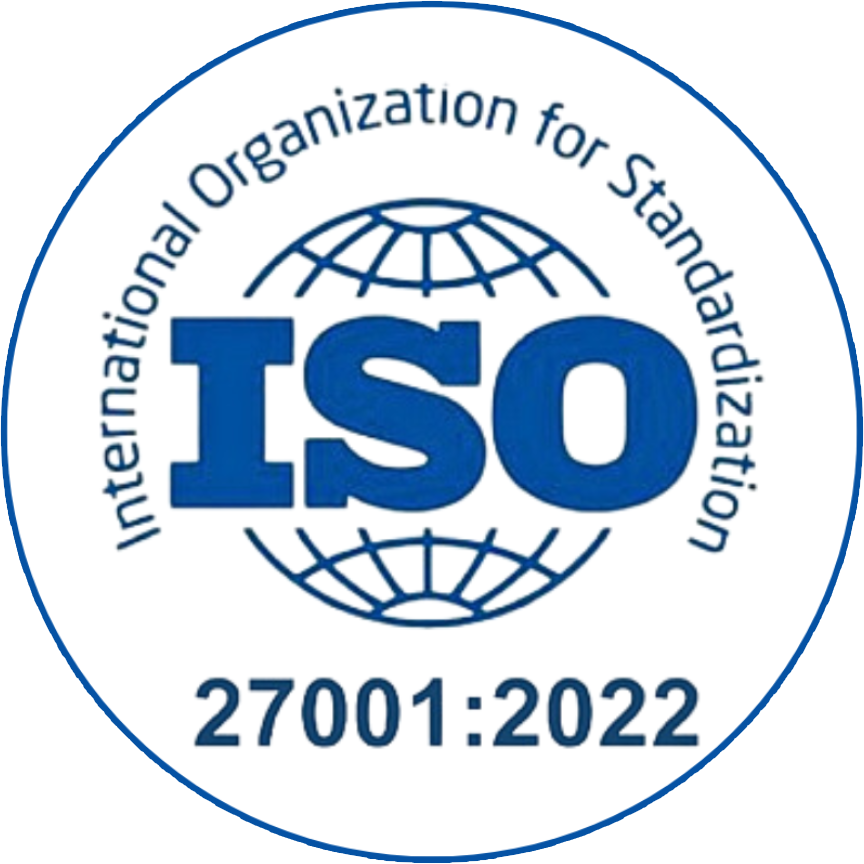The European Financial Reporting Advisory Group (EFRAG) has introduced major revisions to the European Sustainability Reporting Standards (ESRS) to improve clarity, global alignment, and ease of application. As part of the overhaul, mandatory disclosures are now clearly identified, while supporting content has been relocated to a newly created Non-Mandatory Illustrative Guidance (NMIG) document. To reduce complexity and administrative burden, EFRAG also introduced relief measures and significantly cut back the number of required datapoints, by 57% for mandatory ones and 68% overall. In this blog, we outline the major changes to the Social and Governance pillars of the ESRS.
S1 Own Workforce
Revised ESRS has achieved a 53% reduction in datapoints and a 67% decrease in word count. Key changes include:
- Characteristics of Employees (S1-6): Eliminated mandatory gender breakdowns for non-guaranteed hours employees and voluntary regional breakdowns. The threshold for significant employment changed to 50+ employees in the 10 largest countries.
- Non-Employees (S1-7): Removed most non-employee disclosures except total numbers, with new guidance emphasizing materiality when non-employees are central to the business model.
- Collective Bargaining (S1-8): Applied the same 50+ employee threshold and removed voluntary disclosures on non-covered employees and non-employees.
- Diversity Metrics (S1-9): Deleted age distribution disclosures, retaining gender distribution at top management with flexible definitions.
- Adequate Wages (S1-10): Streamlined wording and aligned non-EU wage determination with ILO principles. EU disclosures reflect the EU Minimum Wage Directive.
- Social Protection (S1-11): Narrowed scope by removing retirement and replacing parental leave with maternity leave. Types of unprotected employees are no longer disclosed.
- Persons with Disabilities (S1-12): Removed gender breakdown options and strengthened privacy law compliance clauses.
- Training Metrics (S1-13): Moved performance review and training hours by gender to non-mandatory illustrative guidance (NMIG), excluding inactive employees.
- Health and Safety (S1-14): Excluded fatalities from days lost and simplified definitions of work-related injuries.
- Work-Life Balance (S1-15): Moved data on employees taking family-related leave to NMIG, with definitions relocated to Annex II.
- Remuneration Metrics (S1-16): Removed adjusted remuneration ratio and simplified gender pay gap reporting.
- Incidents and Complaints (S1-17): Narrowed to substantiated human rights incidents, removing “severe” impact references and OECD NCP case disclosures.
S2 Workers in the Value Chain
EFRAG has been able to deliver a 60% reduction in datapoints and a 75% decrease in word count. Key changes include:
- Disclosure Requirements (DR 1–5): Streamlined narrative disclosures, with DRs 2 and 3 merged to simplify reporting on engagement and remediation. Materiality assessments (SBM-3) were removed, with content integrated into ESRS 2 General Disclosures.
- Datapoint Reductions: Eliminated overlapping or non-essential datapoints in DRs 1, 4, and 5, with some moved to NMIG. Remaining disclosures simplified linguistically for clarity.
S3 Affected Communities
Amendments have achieved a 62% reduction in datapoints and a 73% decrease in word count. Key changes include:
- Disclosure Requirements (DR 1–5): Aligned with S2, merging DRs 2 and 3 to streamline engagement and remediation reporting. Materiality assessments (SBM-3) were removed, integrated into ESRS 2 General Disclosures.
- Datapoint Reductions: Removed redundant datapoints in DRs 1, 4, and 5, with some shifted to NMIG, balancing simplification with stakeholder-specific detail.
S4 Consumers and End-Users
With a 64% reduction in datapoints and a 79% decrease in word count, major changes to S4 standards are:
- Disclosure Requirements (DR 1–5): Mirrored S2 and S3, with merged DRs 2 and 3 for streamlined engagement and remediation reporting. Materiality assessments (SBM-3) were removed, integrated into ESRS 2 General Disclosures.
- Datapoint Reductions: Eliminated overlapping datapoints in DRs 1, 4, and 5, with some moved to NMIG, ensuring clarity while reducing reporting burden.
G1 Business Conduct
The Governance pillar of ESRS also has undergone significant changes with a 50% reduction in datapoints and a 51% decrease in word count.
- Policies Related to Business Conduct (G1-1): Retained key anti-corruption, anti-bribery, and whistleblower protection datapoints due to SFDR alignment. Clarified the “functions-at-risk” concept to specify corruption-prone areas based on stakeholder feedback.
- Actions Related to Business Conduct (G1-2): Preserved core information on supplier relationship management, with detailed guidance moved to non-mandatory illustrative guidance (NMIG). Cross-references to the Supplier Code of Conduct in ESRS S2. Consolidated training disclosures with examples in NMIG to reduce reporting burden.
- Targets Related to Business Conduct (G1-3): Restructured from previous G1-1 to G1-3 to align with the PAT architecture, interacting clearly with ESRS 2 General Disclosures (GDR-P, GDR-A, GDR-T) for consistency.
- Metrics Related to Incidents of Corruption or Bribery (G1-4): Removed voluntary datapoints, retaining only confirmed incidents as mandatory, supported by new Application Requirements (AR 3–5) clarifying scope, legal thresholds, and definitions for consistency.
- Metrics Related to Political Influence and Lobbying (G1-5): Simplified by deleting several datapoints to enhance clarity and relevance based on stakeholder input.
- Metrics Related to Payment Practices (G1-6): Streamlined to focus on payment terms (with SME specifications) and legal proceedings, removing the average time to pay invoices. Illustrative examples added to NMIG.
The next steps involve a comprehensive public consultation process to gather stakeholder feedback on the proposed changes, including specific questions on thresholds like the 50+ employee metric for S1 disclosures and the adequacy of wage determination methods. EFRAG has planned a field test in September 2025 to assess the practical implementation of these revisions, particularly for ESRS S1 metrics such as adequate wages. Feedback from consultations and the field test will inform further refinements before final adoption.
Abbreviations
- AR: Application Requirement
- DR: Disclosure Requirement
- EFRAG: European Financial Reporting Advisory Group
- ESRS: European Sustainability Reporting Standards
- GDR-A: General Disclosures: Actions
- GDR-P: General Disclosures: Policies
- GDR-T: General Disclosures: Targets
- ILO: International Labour Organization
- NCP: National Contact Point
- NMIG: Non-Mandatory Illustrative Guidance
- OECD: Organisation for Economic Co-operation and Development
- PAT: Policy:Action:Targets
- SBM: Strategy, Business Model, and Materiality
- SFDR: Sustainable Finance Disclosure Regulation
- SME: Small and Medium-sized Enterprise
FAQs
What was the goal of the July 2025 ESRS revisions to Social and Governance standards?
The aim was to simplify disclosures, align with global frameworks like IFRS and SFDR, and reduce administrative burden. This included cutting total datapoints by 68%, introducing relief measures, and shifting non-essential content to Non-Mandatory Illustrative Guidance (NMIG).
How much were the datapoints reduced across S1–S4 and G1?
Datapoint reductions ranged from 50% to 64%. S1 (Own Workforce) saw a 53% cut, S2–S4 ranged from 60%–64%, and G1 (Business Conduct) was reduced by 50%. Word counts dropped by 67%–79%, making the standards significantly leaner.
What is the new 50+ employee threshold in S1?
Disclosures in S1 now apply only if the company employs more than 50 employees in at least 10 of its largest countries of operation. This replaces broader thresholds and is meant to target disclosures where scale makes data more relevant.
What content was moved to the NMIG?
Voluntary or overly detailed datapoints—such as training hours by gender, parental leave data, mitigation hierarchies, and certain corruption metrics—were relocated to NMIG for optional reference. This allows companies to focus on material, legally required disclosures.
How did the S2, S3, and S4 standards change?
The three standards were harmonized. Disclosure Requirements 2 and 3 (engagement and remediation) were merged, redundant datapoints removed, and SBM-3 materiality assessments integrated into ESRS 2. Word counts and datapoints dropped significantly for all three.
What were the major changes in S1 (Own Workforce)?
Disclosures were narrowed across nearly all metrics. Gender and age breakdowns were reduced, parental leave replaced with maternity leave, fatalities removed from days lost, and privacy considerations for persons with disabilities were strengthened.
What changed in the Governance (G1) pillar?
G1 retained core elements like anti-corruption and whistleblower disclosures but removed voluntary datapoints and redundant metrics. Key changes include clarifying “functions-at-risk,” streamlining lobbying disclosures, and focusing on confirmed corruption incidents only.
Are there new structures or frameworks in G1?
Yes. G1-1 to G1-6 were restructured to align with the Policy:Action:Target (PAT) architecture. These now clearly link with General Disclosures (GDR-P, GDR-A, GDR-T) for consistency and cross-referencing within the ESRS system.
Is the materiality assessment requirement still included?
The standalone SBM-3 disclosure requirements were removed from S2–S4 and integrated into ESRS 2 General Disclosures. Materiality remains critical but is now consolidated and streamlined for efficiency.
What are the next steps for companies and stakeholders?
EFRAG has launched a public consultation and will conduct field tests in September 2025 to evaluate practical implementation—especially for metrics like adequate wages. Final adoption of the revised standards will reflect the outcomes of this feedback process.




